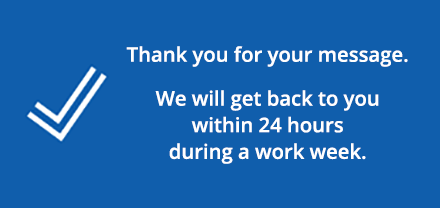BLOG POST:
What do we know about the wear-out of advertising wear-out?
Under the guise of ‘the power of repetition,’ advertising slogans have managed to penetrate our everyday culture. Think of a long-running campaign like ‘Got milk?’ or one with a shorter lifespan like Budweiser’s campaign featuring the ‘Wassup?’ catchphrase. These examples and many more are a testament to the importance of repetition. In his book, “Successful Advertising, its secrets explained, ” Thomas Smith argues that the ideal frequency of contact is twenty. But that was back in 1885.
One of the myths in advertising is that wear-out — a decline in effectiveness and an increase in irritation after prolonged repetition of an advertisement — is due to the creative itself. Typically, this is understood as the time for a new TV commercial, online video, or even a slogan. But it’s not that simple. For starters, there is a distinction between wear-out and saturation, which you can learn about in this article. In addition, Kronrod and Huber (2018)’s article in the International Journal of Research in Marketing, “Ad wearout wearout” points to an interplay of time, reaction (irritation), and memory. They even involve product relevance, but more on that later.
Based on previous studies, Kronrod and Huber formulated the following three hypotheses:
In the short term, a high advertising frequency leads to more irritation, but also to higher brand recall.
Over time, irritation decreases faster than brand recall.
The above processes cause the effect of advertising repetition on brand preference to reverse in the long term, where more irritation towards the frequently repeated brand turns into a greater preference for that same brand.
To investigate this, they set up three unique longitudinal experiments. The first part involved a field study, where participants were interviewed both immediately and two weeks after exposure to advertising for two brands. The second experiment was a controlled experiment consisting of four interviews, ranging from 1 day to 28 days after exposure. In the third experiment, they examined whether product relevance still influences the effect of repetition on brand preference. In the first two experiments, the product ultimately became relevant to the target audience, while in the third experiment, it did not.
The studies indicate that a higher contact frequency, also known as Opportunity to See (OTS), leads to more irritation. However, after 6 weeks, this irritation has decreased, and the brand with the higher contact frequency, and thus irritation, actually has a higher brand preference! This suggests that irritation decreases over time, but familiarity with the brand persists. The second experiment showed that brand preference is negatively influenced by high OTS in the short term, but in the long term, it leads to a higher brand preference. Associations with the brand with high OTS can thus eventually shift from negative to positive, despite the earlier irritation.
With the third experiment, they demonstrate that product relevance at the time of purchase has a positive impact on brand preference, even after previous exposure to high OTS. This effect does not occur in people for whom product relevance remains low because they are not in the purchase process. In practice, consumers often see advertisements for products or services they are not currently in the market for. Think of durables, financial services, or products with a low purchase frequency.
Through these three experiments, it has been shown that exposure to advertising at a high frequency in a short period leads to irritation. However, this does not automatically mean that there is wear-out of the creative power of the campaign. This irritation dissipates relatively quickly and is simply the result of too much media pressure. This is particularly the case for people who are not in the market for the advertised product or service at that time.
“Wear-out Is one of those myths. New research demonstrates that annoyance from over exposure to advertising dissipates, while impact on memorization of brand and message is still active.“
Practical implications:
Based on these results, several strategies can be recommended. For example:
Determine if your campaign still has creative power. The best way to determine wear-out of an advertising campaign is with a longitudinal measurement. Data collected immediately after exposure to the campaign underestimates the expected decline over time of irritation due to the high contact frequency. Even measurements done mid-campaign and post-campaign can inform you on the state of your creative.
Brands with a long purchase cycle benefit more from relatively simple ads with clear messages and many recognizable brand cues (distinctive brand assets). The best media strategy is then dripping, which is relatively low media pressure spread over a long period.
The best communication strategy for brands that advertise before they are relevant (e.g., baby products, education, funerals) is a reach campaign with a low contact frequency, followed by so-called reminder ads.
Andy Santegoeds was a member of the board of SWOCC – the Dutch Foundation for Scientific Research into Commercial Communication – since 2013 before joining their editorial board. He is a regular contributor of thought pieces about advertising and brands. A version of this article was originally published in Dutch on the SWOCC website – available here.
MetrixLab operates a Social Insights Privacy Policy, which takes into account the privacy of people publishing content online.









